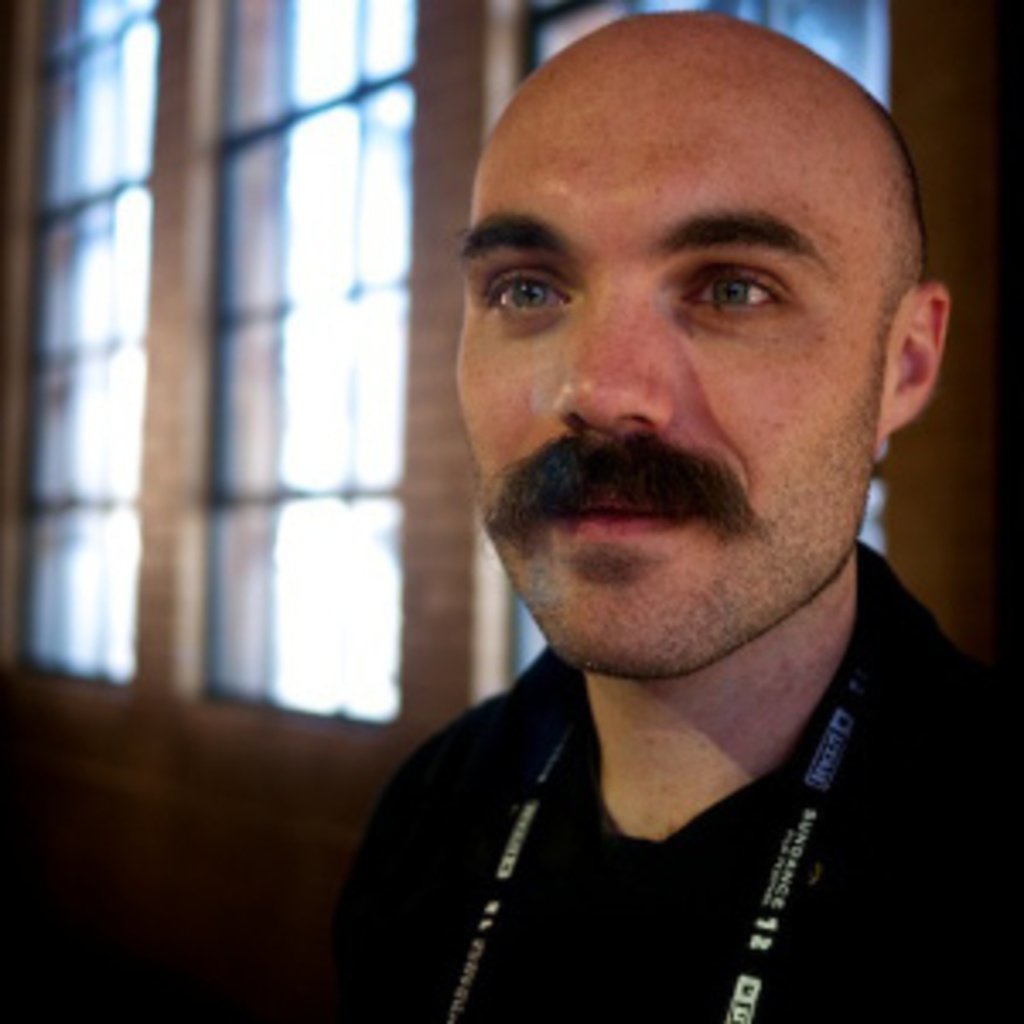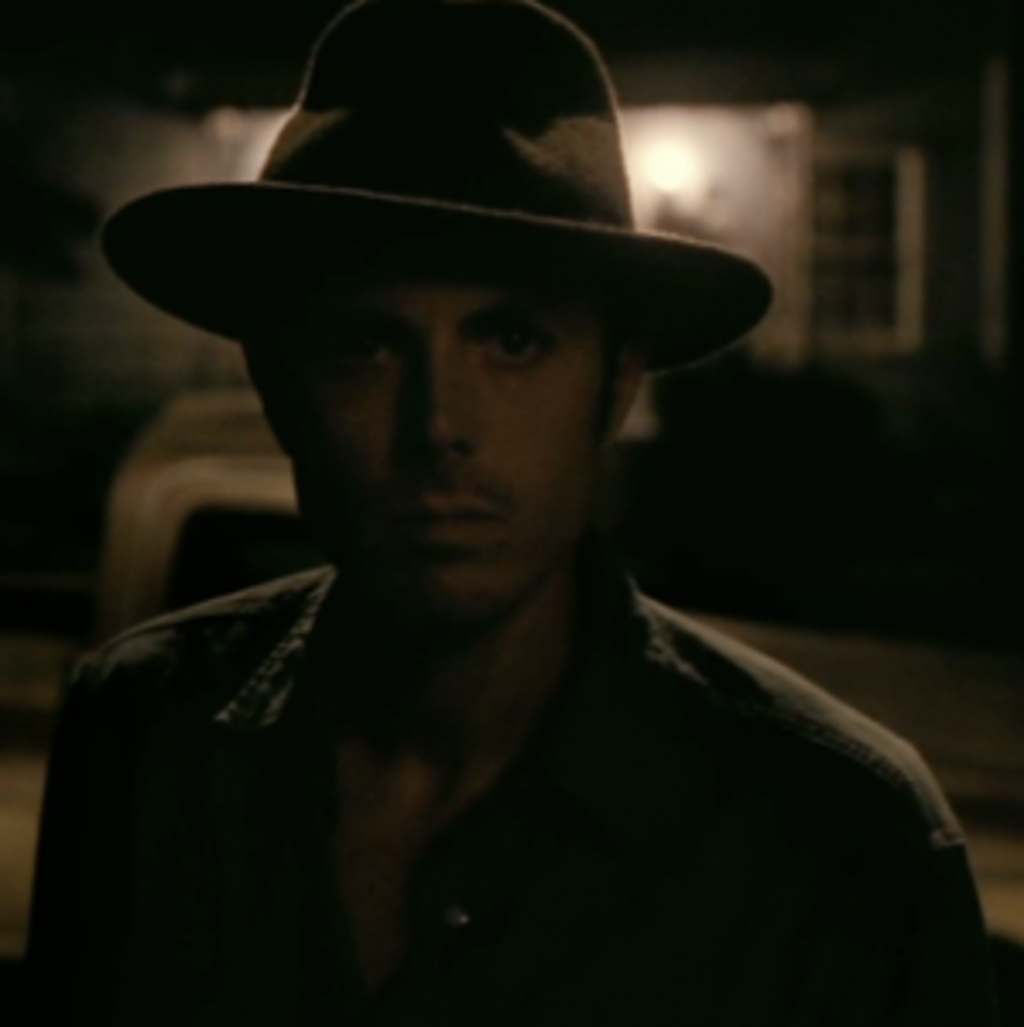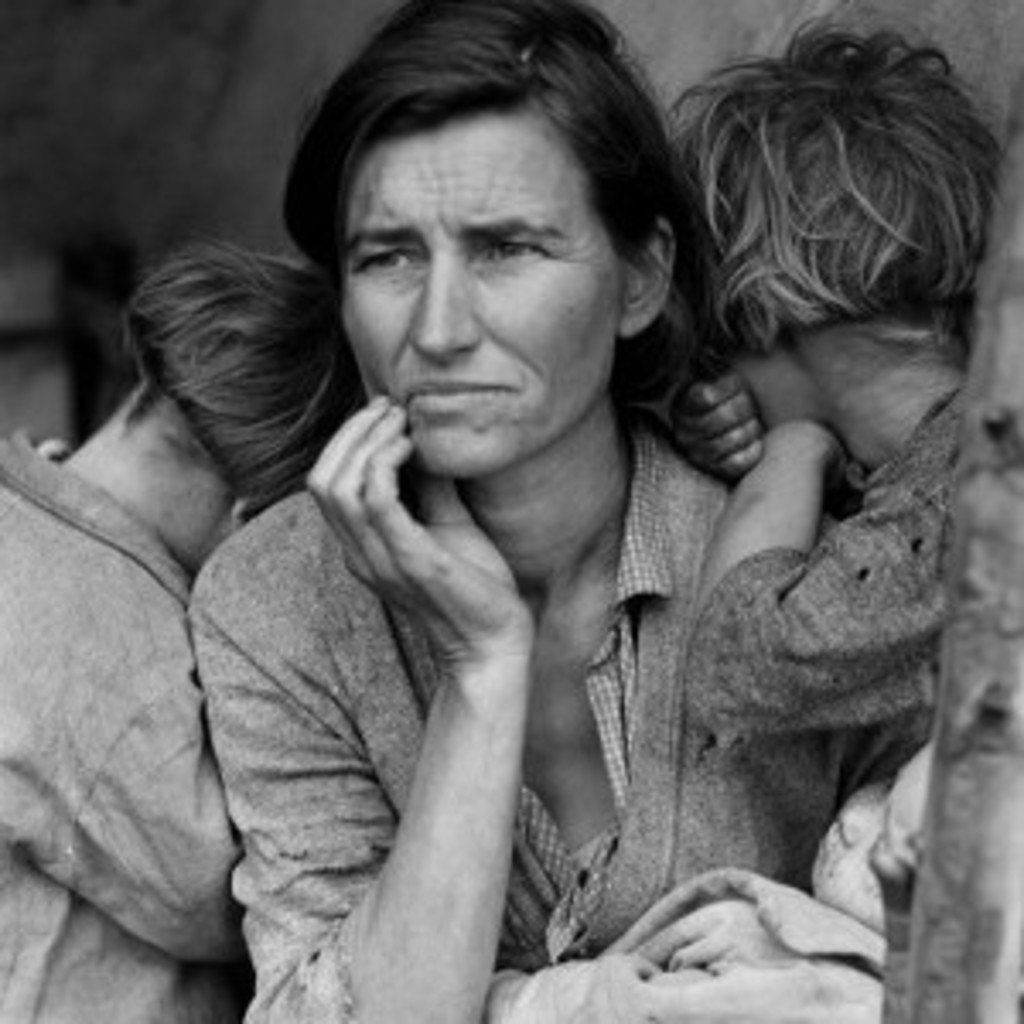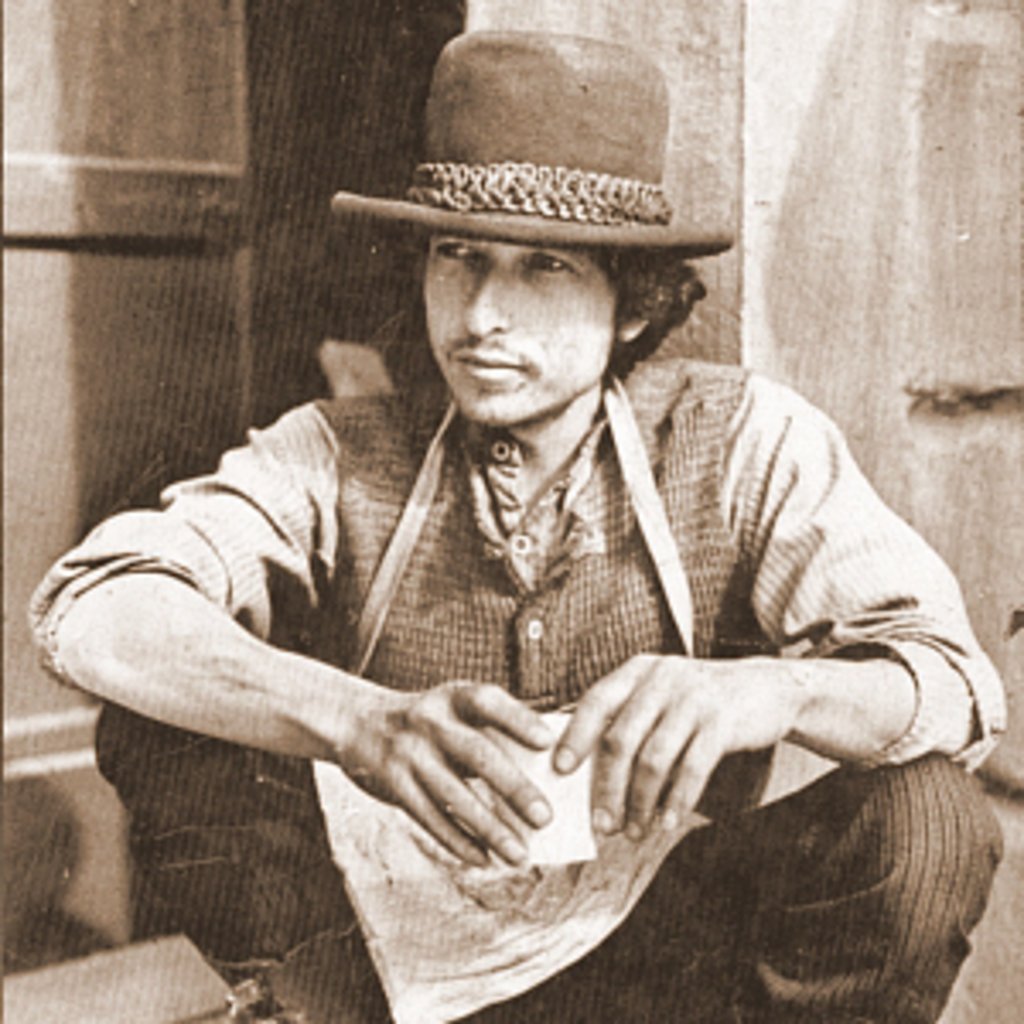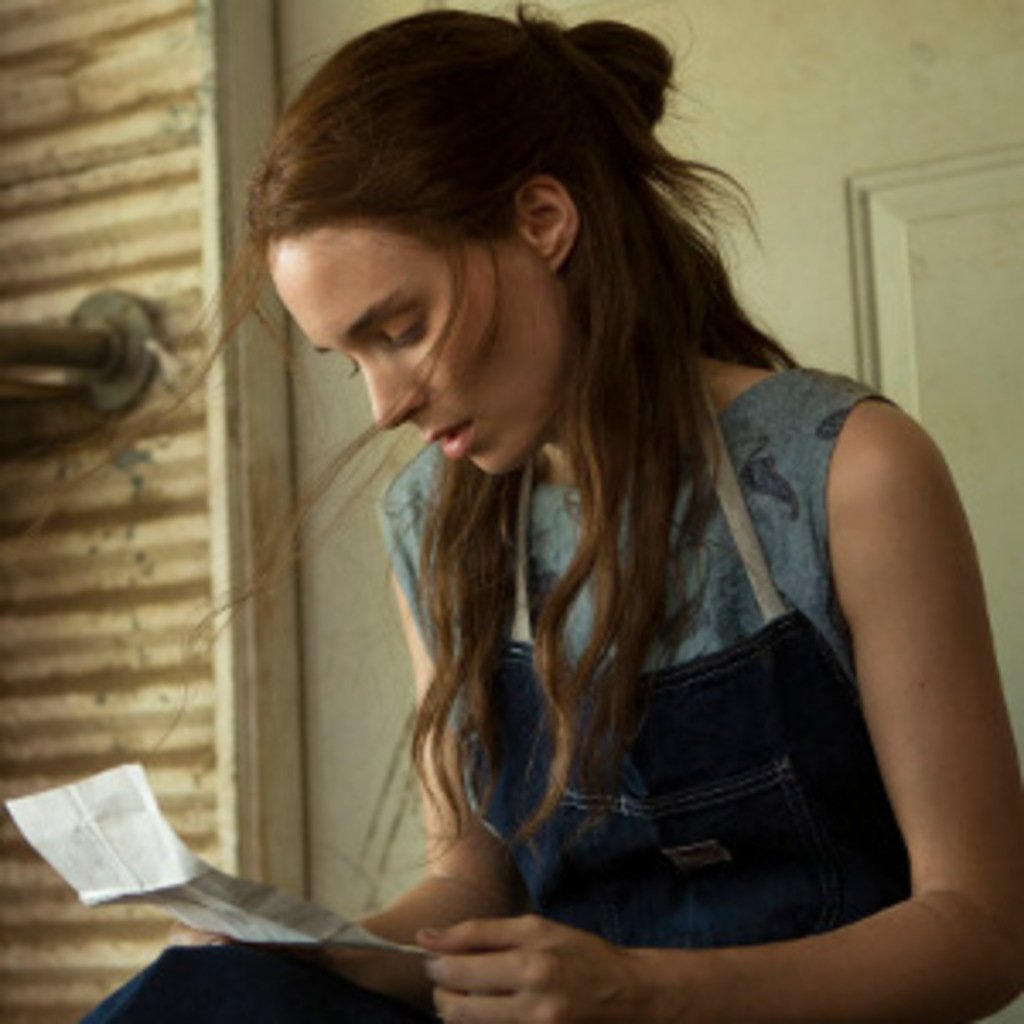A few weeks ago I talked to David Lowery, writer/director of Ain’t Them Bodies Saints before the film opened up nationwide. It moves over to the Sie Film Center tonight after a week run at Landmark’s Mayan Theater. The film is an elegiac tone poem about a couple – Bob (Casey Affleck) and Ruth (Rooney Mara) in love who are separated by a violent act. It was reviewed last week in the New Movie Roundup. Lowery is a filmmaker to keep your eye on as he had a part in three movies that debuted at Sundance back in January. Now he’s hard at work on several projects from a remake of Pete’s Dragon to a sci-fi movie with Casey Affleck.
KDR: You set the movie in the 70’s in Texas yet there seems there is a timeless quality to the movie as it could be from the 30’s, 40’s or 50’s. It gave the movie a mythical feel. Was that something you were specifically going for with the movie?
DL: It was very intentional. You hit the nail on the head with mythical. I wanted it to have a very mythical feel. I felt that by depriving the audience of a hard, temporal context it would have an more immediate feel to it. It would feel like it could have taken place during any time period. For the sake of practicality we said it took place in the early 70’s which allowed us to say we could use this car but we couldn’t use that car. We were always striving to make it feel older, so if we had something that was new from the 70’s we would age it down to look older. If we had something from the 40’s we would jump on that. We tried to create a blend of time periods that made it impossible to tell when it took place. There’s never any real sort of indication as to what year it is. If someone had turned on the tv and there was a report about the Vietnam war then all of the sudden it would contextualize the movie in a very specific way. I wanted to remove that specificity in every way possible and have the movie placed in the abstract.
KDR: When you had written the script and started the casting process, you’ve said you wanted to convey a specific, elegiac tone. In order to do this you showed your cast photos depicted that tone. Dorothea Lange’s WPA photographs seems like an obvious influence, especially if you look at the photo used on the poster for the film.
DL: Her photography was something that we absolutely used as a reference point. Even though her photos are from a different era, that’s exactly what we wanted this movie to look like. It was very important to have those kinds of images since they depict not only a time and place, but an emotion. The photos have such deep feelings even though you don’t have the complete story when you look at them. You don’t know where that person came from or where they’re going but you get this feeling of what’s going on in their life. That was the type of thing we were trying to do with the movie. A very deep sense of feeling that was important to the plot.
KDR: Overall the movie’s mythical vibe reminds of a Bob Dylan song, like Lily, Rosemary and the Jack of Hearts or Romance in Durango. The movie seemed more akin to those songs that say other films.
DL: I was listening to Blood on the Tracks a lot, I know that’s kind of a cliché to say but I was. One of the things that was really exciting to me was to hear songs of his that I thought were original only to find out it were covers. There’s one song in particular called Love Henry. I heard that song covered by Nick Cave first and it was called Henry Lee. I love that song. I didn’t realize it was a folk song and Dylan had covered it. I listened to Dylan’s version and then traced it back to these old blues recordings of it. It was interesting to see how the song evolved and how Dylan participated in that folk tradition of storytelling through music. That was a big influence on the movie too. I wanted this movie to feel like a cover of a song that someone like Bob Dylan would’ve sung.
KDR: One element in the movie that I have not seen discussed much is the role of handwritten letters between Bob and Ruth. Letters are such a dying art form that it’s like your film, no pun intended, is a love letter to an older, more romantic time when lovers wrote letters to each other.
DL: Absolutely. I love the art of letter writing. I deeply regret that I don’t do it as much as I used to. I used to write letters all of the time. I would write them to my grandparents, to my friends. As soon as email came about I started to gravitate towards that. I do write very long emails so hopefully that makes up for some of that. I love hand-writing. I love the meaning that can be conveyed by the act of hand-writing. I love watching someone write something by hand, there’s something so beautiful in that and meaningful. When I met my wife and before we were married, at first when were courting each other we communicated almost entirely through letters. Some of those were through the post office, some were online, it was all done by hand, through the written word. We didn’t talk on the phone for months. I wanted this movie to honor that. I wanted there to be a love of the written word of ink on paper and what that means when you give someone something that you have written down. That is such a beautiful gesture to me and I wanted to celebrate that.

